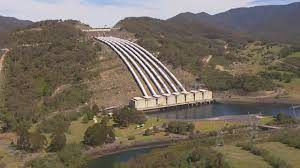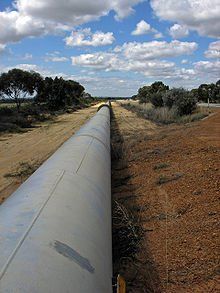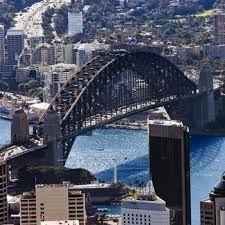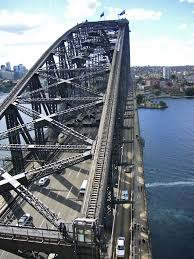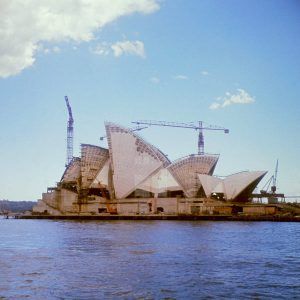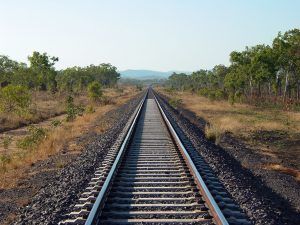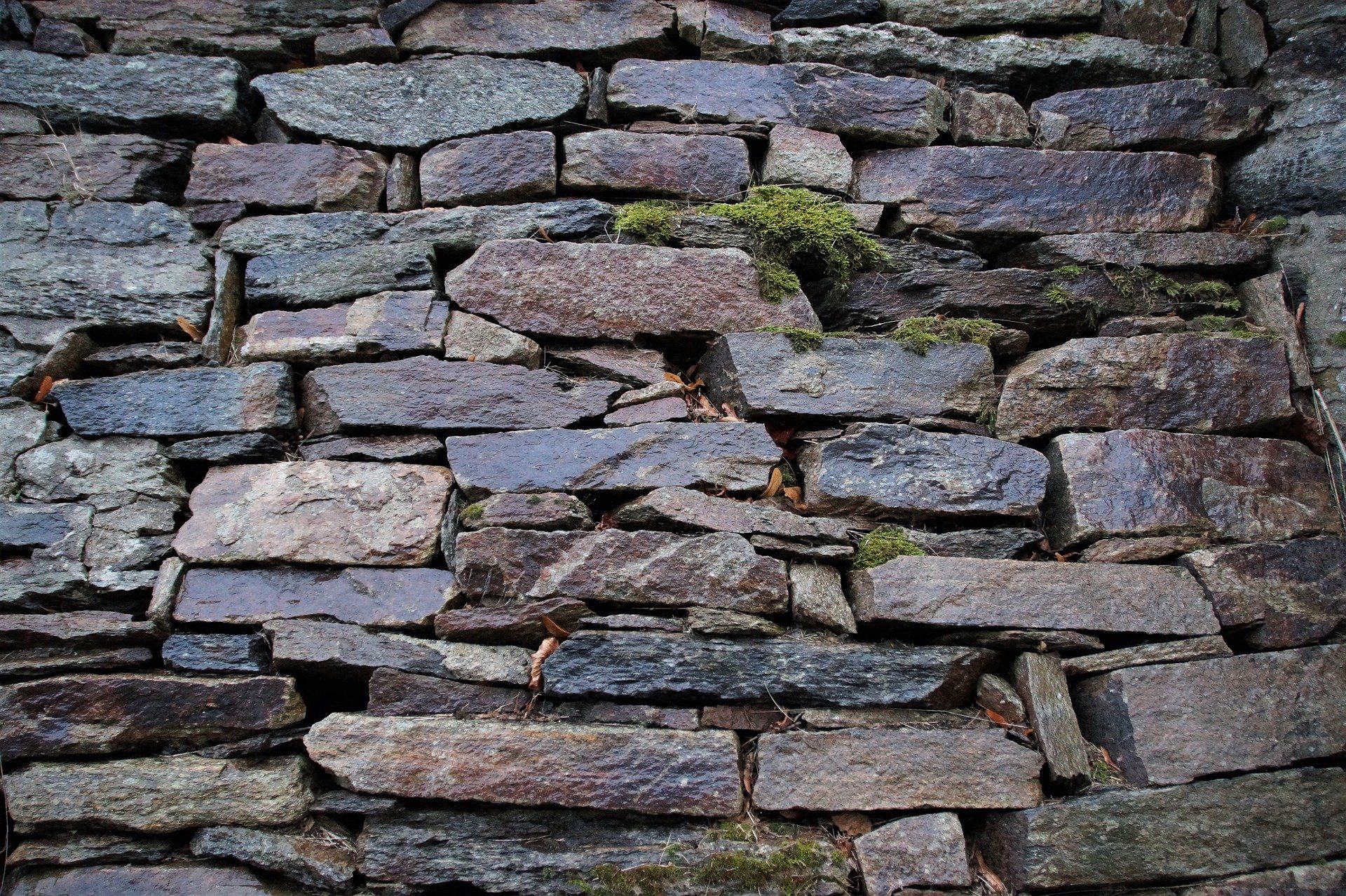Did you know the word Engineer comes from a Latin word meaning ‘cleverness’? Australia has a proud engineering heritage.
Davron Engineering, a Wollongong Engineering firm in the Illawarra have below put together some interesting facts on civil and structural engineeringprojects throughout Australia to commemorate some of Australia’s famous engineering feats.
Structural engineering
is a branch of civil engineering dealing primarily with the design and construction of structures (such as bridges, buildings, dams)
The first Structural Engineering
project to bring to stage is the Snowy Mountains Scheme.
The Snowy Mountains Scheme is the largest engineering
project
ever undertaken in Australia
and is and one of the most complex integrated water and hydro-electric power schemes in the world.
The scheme collects the water from melting snow and rain in the Snowy Mountains and diverts it through mountains with tunnels and pipes to then be stored in dams. The water is then used by the power stations to create electricity.
INTERESTING FACTS
- The scheme is made up of Sixteen major dams
- Seven power stations
- One pumping station
- 225 kilometres of tunnels and pipelines
- Started in 1949 and Finished in 1974 – twenty five years to complete
- Cost $820 million approx.
- More than 100,000 people from over 30 countries worked on the scheme
- In 2016, the Snowy Mountains Scheme was added to the Australian National Heritage
Another scheme to be praised is The Goldfields Water Supply Scheme.
The discovery of large alluvial gold deposits in Coolgardie (1892) and Kalgoorlie (1893) increased the population significantly.
By 1895 it was clear that the problem of supplying water to the growing population on the goldfields needed a radical solution. The Goldfields Water Supply Scheme runs for 560km, pumping water from Perth’s foothills to the desert.
When opened it was internationally regarded as the largestengineeringundertaking of its time with the amount of steel used greater than any other steel structure in the world. It was included on the National Heritage List on 23 June 2011.
INTERESTING FACTS
- Pipes were made of 30-inch (0.76m) diameter steel
- Included eight pumping stations
- Delivering 5 million gallons (22.73 million litres) of water per day
- Started in 1898 and Completed in 1903 – five years to complete
- In 1903 the original pipeline cost $5 million
Next is a structural engineering masterpiece, the Sydney Harbour Bridge.
This is an Australian icon with the
top of the bridge standing 134 metres above the harbour. The bridge is nicknamed by locals as “The Coathanger” because of its arch-based design and is the tallest steel arch bridge in the world,
measuring 134 m (440 ft).
The purpose of the bridge is to join the city of Sydney (at Dawes Point) to the North Shore (at Milsons Point). This took the pressure off ferries and replaced the alternative trip around the harbour foreshores towards Parramatta and back.
INTERESTING FACTS
- The bridge is made up of Eight vehicle lanes
- Two train lines
- A footway and a cycleway
- The foundations are 12 metres (39 feet) deep, made of sandstone
- Six million hand driven rivets were used
- 53,000 tonnes of steel
- Construction started in 1924 and opened after eight years
- Cost $4.2 million
- 1,400 men worked on the construction
The third is the Sydney Opera House.
The NSW Government had an open-ended international design competition with the main requirements being two performance halls, one for opera and one for symphony concerts. Jørn Utzon won £5,000 for his design.
The Sydney Opera House was a source of great public debate due to complex engineering problems and escalating costs. This subsided when the achievement attracted worldwide acclaim for its design and construction and was inscribed in the World Heritage List in June 2007.
INTERESTING FACTS
- The Opera House’s sails were built using cranes from France costing $100,000 each
- The building is 185 metres long and 120 metres wide
- The highest roof point is 67 metres above sea-level
- The roof is covered with more than one million tiles
- 16 years to build
- Cost $102 million
A civil engineer
is an engineer who designs and maintains roads, bridges, dams, and similar structures so it is unsurprising our final great Australian engineering project to highlight is the Adelaide to Darwin Railway.
This railway has been described as one of Australia’s great infrastructure projects, second only to the Snowy River scheme. This
2979 km north–south transcontinental rail service between the cities of Adelaide, South Australia, Darwin and Northern Territory was first suggested in 1858 by a Melbourne businessman. Construction started in 1878, however this stop/start project wasn’t completed until 2004 when the line was extended from Alice Springs to Darwin.
INTERESTING FACTS
- 6 major bridge crossings
- 87 minor bridges
- 2 Million Sleepers
- Steel sleepers instead of timber ones for termite resistance
- 145,000 tonnes of rail
- 46 years to complete
These are only five of the amazing Structural Engineering
and Civil Engineering
projects in Australia which do fulfil the above definition of the word Engineer, which means“Cleverness.”




